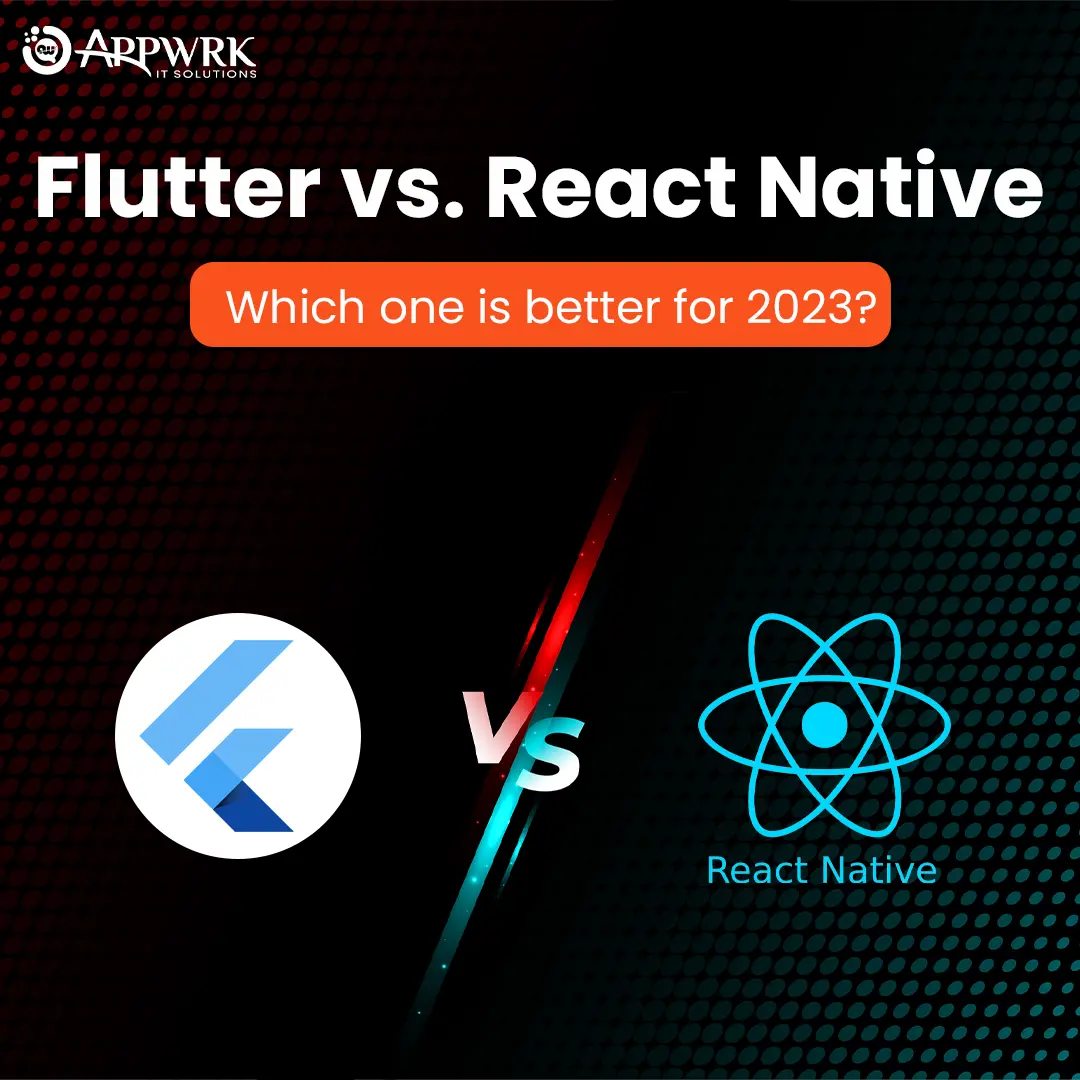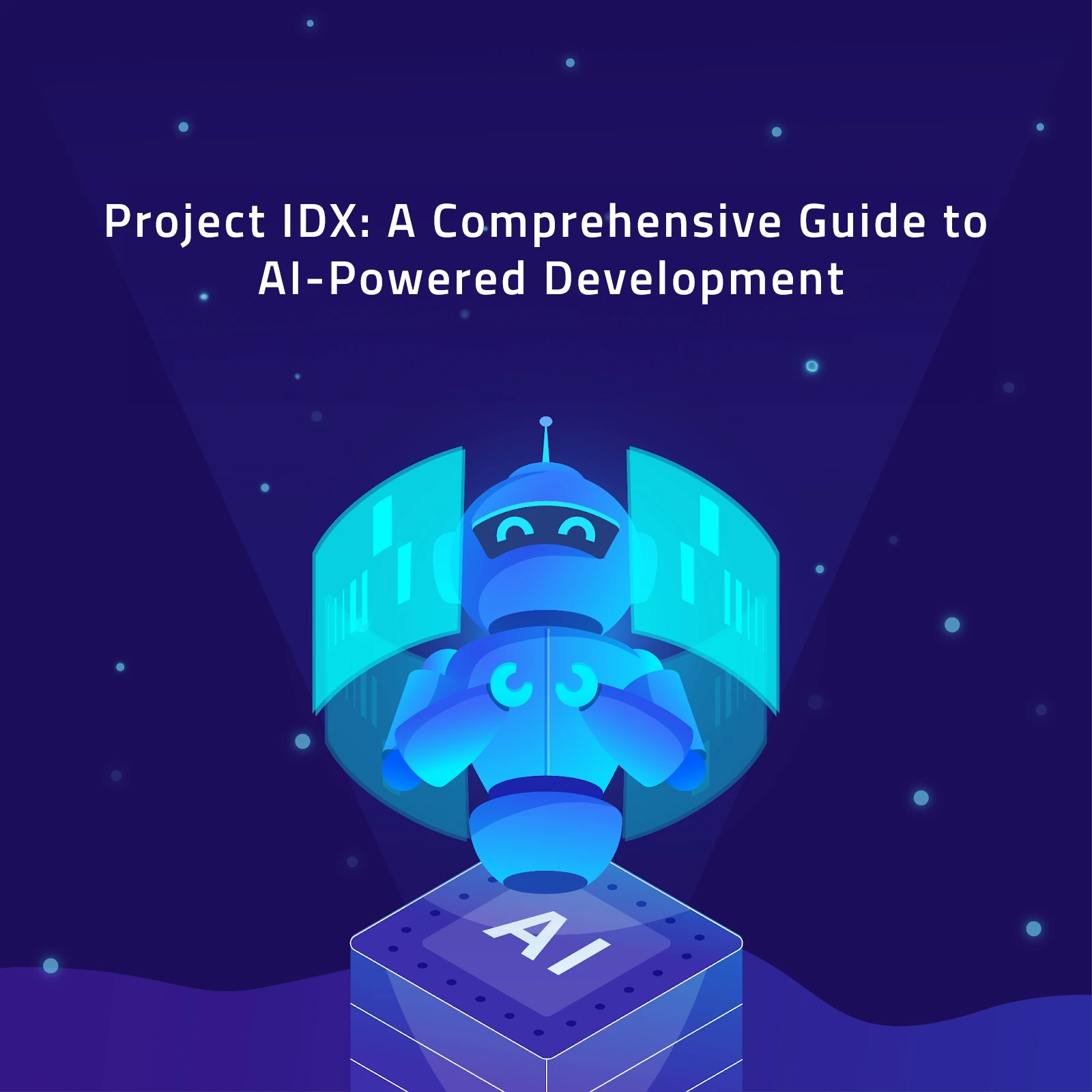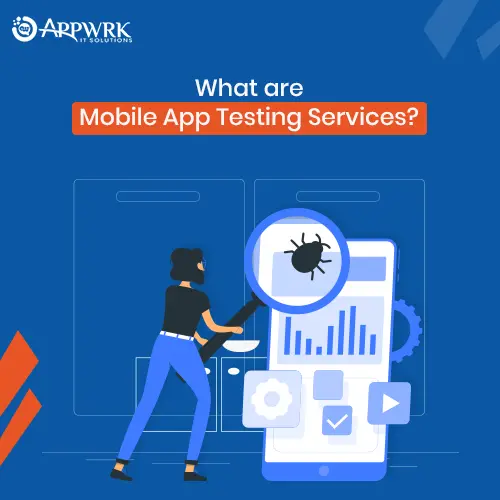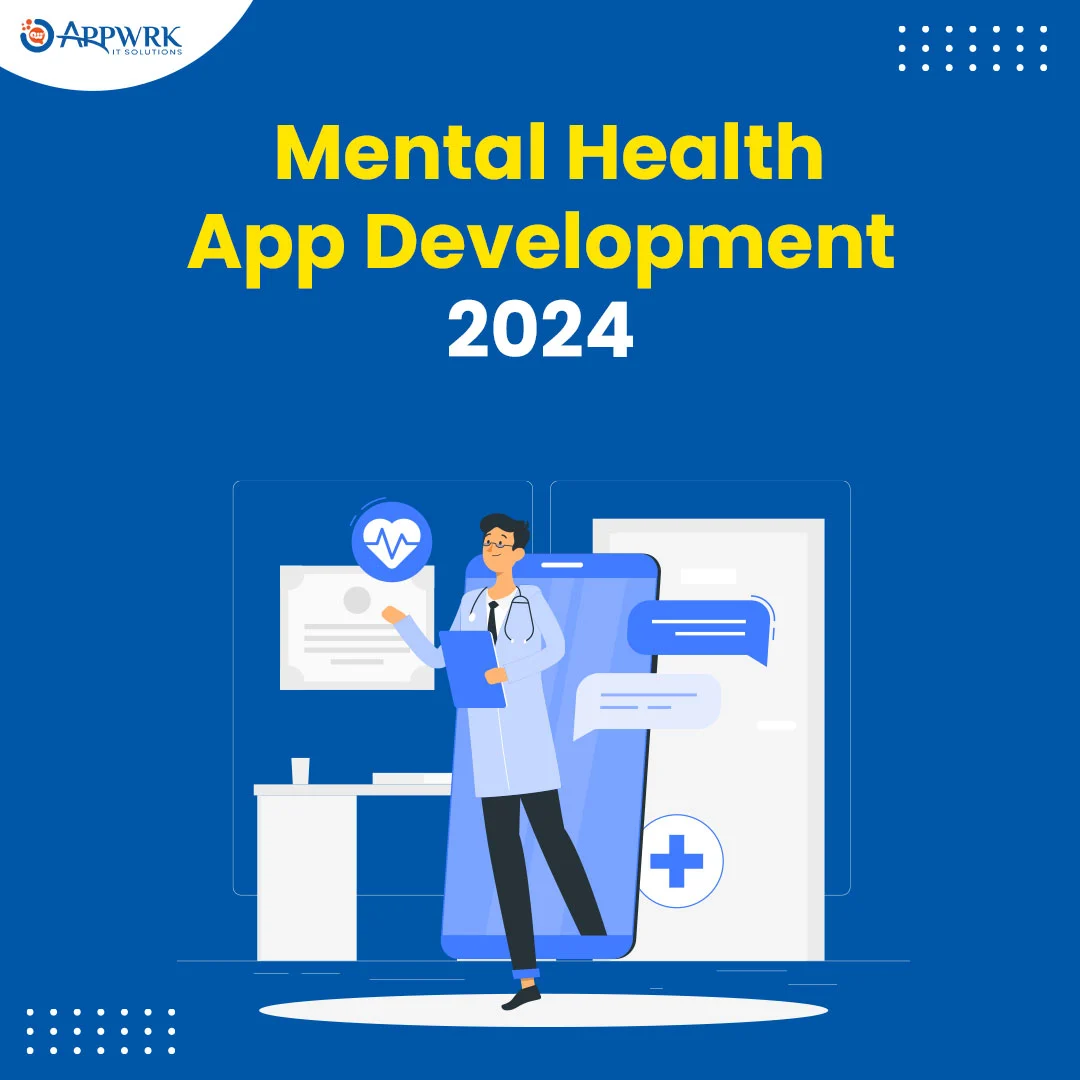Mobile App Development For Startups: The Complete Guide
Key Points for successful mobile app development for Startups:
- Begin with a clear purpose and conduct thorough market research.
- Choose the right development approach based on your unique requirements.
- Develop an MVP to validate your app idea and iterate based on feedback.
- Focus on creating user-centric UX/UI designs and conducting user testing.
- Adopt Agile methodologies to improve collaboration and adaptability.
- Weigh the pros and cons of outsourcing versus in-house development.
- Establish a realistic budget and closely monitor your expenses.
- Optimize your app store presence and employ effective marketing strategies.
- Prioritize ongoing maintenance, updates, and scaling your app for growth.
I. Introduction to Mobile App Development For Startups
In today’s fast-paced digital world, mobile apps have become a cornerstone for startup success. As the saying goes, “there’s an app for that,” and every entrepreneur aims to create the next big thing. In today’s competitive landscape, it has become essential for entrepreneurs to develop a mobile app for their startups, as it offers increased reach, enhanced visibility, and the opportunity to establish a strong brand presence in the market. Thus, an entrepreneur should prefer developing an app and staying ahead of the curve.
This step-by-step guide covers the crucial aspects of mobile app development for startups, providing a roadmap for aspiring business owners looking to make their mark in the app world. Strap in for an enlightening journey into the world of app development, where the sky’s the limit! 🚀

TABLE OF CONTENTS
- I. Introduction to Mobile App Development For Startups
- II. Ideation and Market Research
- III. Selecting the Right App Development Approach
- IV. MVP (Minimum Viable Product) Development
- V. UX/UI Design Principles
- VI. Agile Methodologies in App Development
- VI. Outsourcing vs. In-house Development
- VIII. Budgeting and Cost Estimation
- IX. App Launch and Marketing
- X. Maintenance and Future Growth
- Conclusion – Mobile App Development For Starting Businesses
- Frequently Asked Questions (FAQs)
- How to find your target audience while developing a mobile app for the startup?
- Why Minimum Viable Products are Important for Startups?
- What platforms should be targeted for the app launch?
- What project management tools do mobile app developers use to communicate?
- How much does it cost to develop a mobile application?
II. Ideation and Market Research
A. Defining your app’s purpose and target audience
Rome wasn’t built in a day, and neither are successful mobile apps. Before diving headfirst into app development, it’s vital to establish a clear purpose for your app. Consider what problem your app aims to solve or the value it provides to its users. Once you’ve identified your app’s purpose, it’s time to narrow down your target audience. Understanding who you’re building the app for will help tailor the app’s features, design, and marketing efforts to resonate with potential users.
Start asking some questions to yourself while finding your target audience for your new mobile app development project.
- Who will be the main users of your app?
- What problems are you solving for your users?
- How will your app help the users?
Such questions will help you find your target audience in a more coordinated way which in turn will help you to focus on the main developments of your mobile app and save you ample time. Other than this it is also essential to identify the target audience’s demographic such as:
- Location
- Age
- Gender
- Interests
- Education
- Occupation
- Devices
B. Analyzing competitors and market trends
You don’t have to reinvent the wheel to create a successful app. However, it’s crucial to keep your finger on the pulse of the market and stay ahead of the curve. Conduct thorough market research to identify mobile app development trends and analyze your competition. What are they doing right? What areas could use improvement? Take notes and learn from their successes and failures. As the old saying goes, “keep your friends close and your enemies closer.” In this case, it’s all about staying informed to create a competitive edge in the mobile app market.
III. Selecting the Right App Development Approach
A. Custom vs. platform-based development
To build your app, you can either opt for custom development or use a platform-based approach. Custom app development entails creating an app from scratch, tailored to your specific requirements. This approach offers greater flexibility and control over features, design, and performance. However, it usually comes with higher costs and longer development timelines.
On the other hand, platform-based development involves using app builder platforms that offer pre-built templates and tools to create your app. While this method is more affordable and faster, it might limit customization options and potentially result in a less unique end product. It’s essential to weigh the pros and cons of each approach and choose the one that best aligns with your startup’s goals and resources.
B. Native vs. cross-platform development
Another critical decision is whether to develop native or cross-platform apps. However, it totally depends on your needs like the time period, budget, and preference of customizations you prefer for your app that will help you decide the right development approach. Let us briefly learn about both app development platforms to get an enhanced understanding based on some of the above factors.
Native apps are specifically designed for a single operating system (OS), such as Android or iOS, and offer optimal performance and user experience. However, native development can be time-consuming and expensive, as separate codebases are required for each OS.
Some of the best native app examples are WhatsApp, Spotify, Tesla, and Pokemon Go.
Cross-platform app development allows you to create a single app that runs on multiple platforms, such as Android and iOS, with a shared codebase. Some of the popular cross-platform app development tools are Flutter, React Native, and Ionic. This approach can save time and resources, but it may come with some trade-offs in performance and platform-specific features. To make an informed choice, consider your target audience, desired app features, and available resources. Instagram, Google Ads, Skype, and Fox Sports are some of the applications developed using cross-platform tools.
IV. MVP (Minimum Viable Product) Development
A stitch in time saves nine, and nowhere is this more accurate than in mobile app development for startups. Before diving headfirst into the app development process, it’s crucial to take a step back and consider the value of MVP app development.
A. Importance of MVPs for Startups
An MVP, or Minimum Viable Product, is a pared-down version of your app that includes only the most essential features. By focusing on the core functionality, startups can quickly validate their app idea, gather user feedback, and pivot if necessary – all without breaking the bank. After all, as the saying goes, “Don’t put all your eggs in one basket.”
MVPs are vital for startups because they:
- Save time and money: Developing an MVP allows startups to allocate resources more efficiently, avoiding over-investment in features that might not be necessary or well-received by users.
- Encourage feedback: MVPs offer a unique opportunity to gather valuable user feedback, helping you fine-tune your app before the full release.
- Mitigate risk: Launching an MVP helps startups validate their app idea and discover potential pitfalls, reducing the likelihood of failure.
- Attract investors: A successful MVP demonstrates the app’s potential and viability, which can attract funding for further development.
B. Key Components and Best Practices
Building a successful MVP for your startup is like cooking a gourmet meal – you need the right ingredients, and you need to follow the recipe. Here are some key components and best practices for MVP app development for startups:
- Focus on core functionality: Prioritize the most critical features that address your target users’ pain points. Keep the bells and whistles for later iterations. Remember, “Less is more.”
- Ensure seamless user experience: Even though your MVP may not have all the features of the final product, it should still be user-friendly and intuitive. First impressions count, so make sure your app’s MVP leaves a positive one.
- Embrace simplicity: A clean, uncluttered design is the key to a successful MVP. Don’t overload users with unnecessary visuals or complex menus; instead, stick to the adage “Keep it simple, stupid” (KISS).
- Test, test, and test again: Rigorous testing helps you identify and fix any bugs or issues in your MVP. A smooth, bug-free experience is essential for user satisfaction and retention.
- Gather user feedback: Listen to your users and collect feedback through surveys, interviews, or in-app analytics. This information is worth its weight in gold, as it helps you refine your app and make informed decisions about future updates.
- Be prepared to pivot: Your MVP may reveal that certain features or functionalities need to be reworked, or even that your entire app idea needs a significant overhaul. As they say, “When the going gets tough, the tough get going.”
Some of the most successful examples of minimum viable product that would help you boost your startup mobile app development ideas are given below.
Dropbox
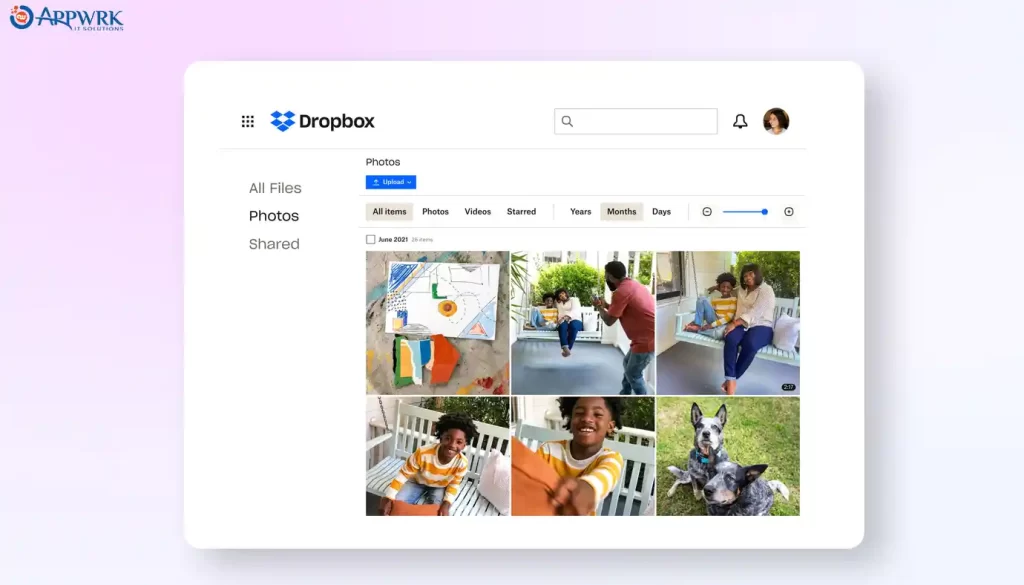
Dropbox founder Drew Houston knew that Dropbox’s core features needed technical expertise and required a lot of time for the development process. He wanted to test it beforehand to avoid unnecessary wastage of time and money ultimately leading to a product that nobody wished for. So, he opted to create MVP which was merely a product demonstration through a video but this created a hype among the users and the number of views jumped from 5000 to 75,000 overnight. This shows that MVP can do wonders and can even make your startup a big success!
Uber
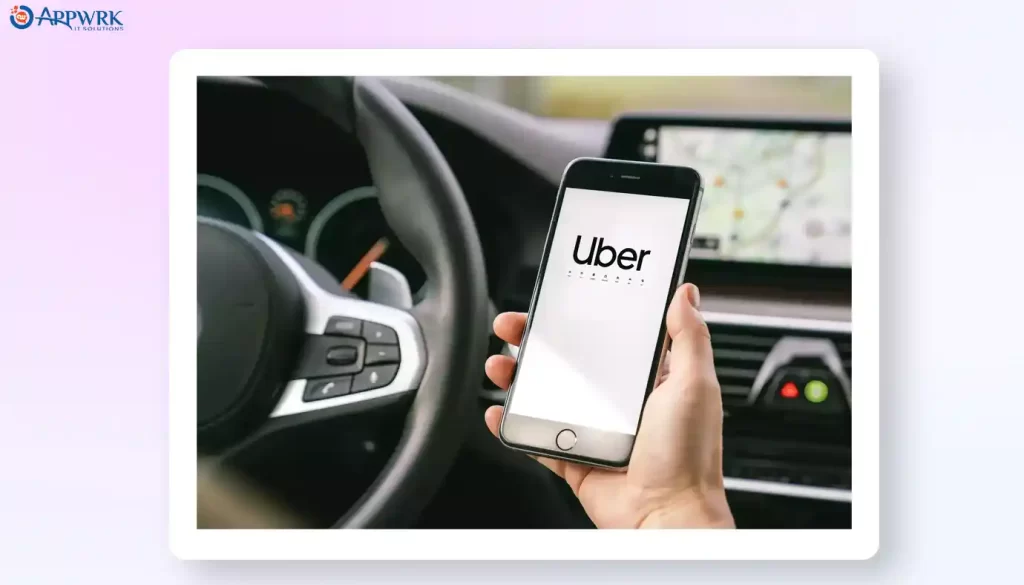
Uber was started by two founders Travis Kalanick and Garrett Camp back in 2009, where they wanted to check if there is a demand for “hiring a cab.” The invite-only service allowed users to gain service only when they emailed one of the founders. MVP allowed the customers to provide their location in the app and the nearest cab was sent to the address provided for “booking a ride.” This helped the founders validate their idea thereby adding new features to the app. Uber has almost 122 million monthly active users worldwide according to a 2022 survey.
V. UX/UI Design Principles
A. Creating user-centric app designs
🎯 “The customer is king” – this age-old proverb holds true, especially when it comes to mobile app development for startups. A user-centric app design is the cornerstone of a successful application. To create an engaging user experience, focus on understanding your target audience’s needs, preferences, and pain points. Conduct user interviews and surveys to gather valuable insights, and ensure your app is easy to navigate and visually appealing.
📱 Remember, “a picture is worth a thousand words.” Use visual cues and simple, clean interfaces to convey complex information. And don’t forget about accessibility! Make sure your app is usable by people with varying abilities by following established accessibility guidelines.
B. Prototyping and user testing
💡 “Measure twice, cut once” – this idiom emphasizes the importance of thorough planning before taking any action. In the context of mobile app development, creating prototypes and conducting user testing are essential steps to avoid costly mistakes down the road.
🚀 Start with a low-fidelity prototype (such as wireframes or sketches) to visualize the app’s structure and navigation. Gradually move towards a high-fidelity prototype that closely resembles the final product, incorporating visual elements, animations, and interactive features.
🧪 Don’t forget to “test the waters” by conducting user tests at various stages of prototyping. This process of mobile app prototyping will reveal issues and help you gather feedback to improve your app’s design and functionality. Remember, “the proof of the pudding is in the eating” – the true success of your mobile app development journey.
Some of the best mobile app UX/UI design examples are:
- Uber – Simplest interface to book a ride in just three steps
- Starbucks – Check for the closest Starbucks cafes and customize your drinks within seconds.
- Pocket – Save articles or videos and view them later even without an internet connection.
- Smart Pharmacy – Order medicines from your nearest drugstore in just a few clicks.
VI. Agile Methodologies in App Development
A. Introduction to Agile practices
🏃 “Slow and steady wins the race” might not be the best approach when it comes to startup app development. In today’s fast-paced digital landscape, Agile methodologies can help you stay ahead of the curve. Agile practices, such as Scrum and Kanban, promote flexibility, collaboration, and continuous improvement throughout the development process.
Every Agile app development methodology goes through these stages:
- Requirements
- Design
- Develop
- Test
- Deploy
- Review
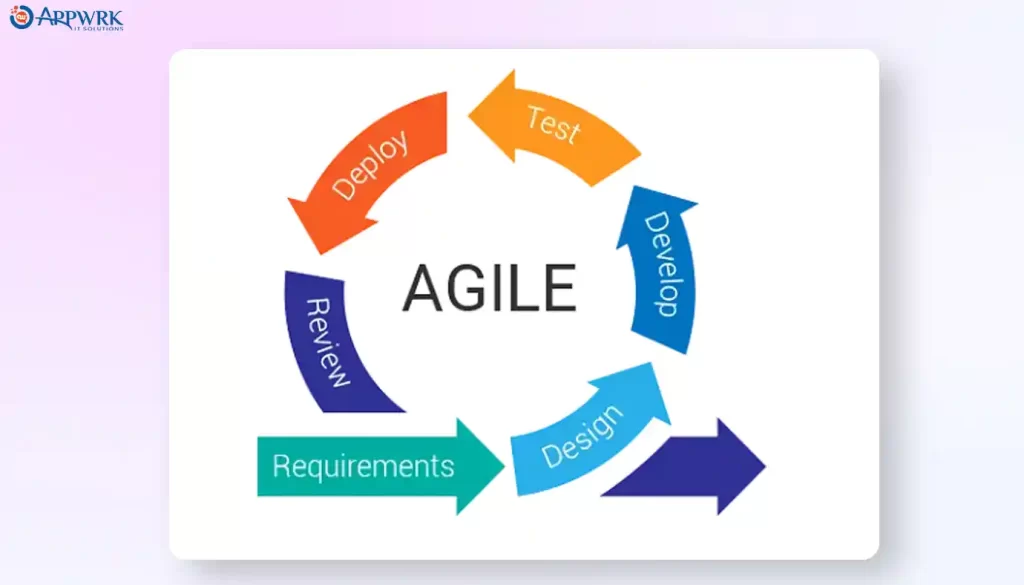
🔄 By breaking the project into smaller, manageable tasks, Agile methodologies enable teams to rapidly adapt to changes and deliver increments of working software at the end of each sprint (a predefined time period, usually 2-4 weeks).
B. Benefits of Agile for startups
🌟 “A rolling stone gathers no moss” – Agile methodologies keep your startup moving forward, enabling you to respond quickly to user feedback and market changes. Here are some benefits of adopting Agile practices in mobile app development for startups:
- Faster time to market: Short, iterative development cycles allow you to launch your app faster and gain a competitive edge.
- Improved collaboration: Agile practices promote communication and collaboration among team members, ensuring everyone is on the same page.
- Flexibility and adaptability: Agile methodologies make it easier to accommodate changes, helping you pivot and adjust your app based on user feedback and market trends.
- Better risk management: Continuous testing and feedback loops help identify issues early, reducing the risk of major setbacks.
- Higher user satisfaction: Agile development focuses on delivering value to the user by prioritizing features that are most important to them.
So, “don’t put all your eggs in one basket” – Agile app development allows you to test different features and strategies, ensuring that your app remains relevant and appealing to users.
VI. Outsourcing vs. In-house Development
Mobile apps can be basically developed through two approaches:
- Outsourcing mobile app development
- In-house mobile app development
It seems simple as you have fewer choices here, but choosing between both of them is a big task because it may directly affect your business to a great extent. The choice of approach depends on your business requirements.
A. Pros and cons of each approach
🤔 “Different strokes for different folks” – the choice between outsourcing and in-house development depends on your startup’s unique needs, resources, and goals. Here are some pros and cons of each approach:
Outsourcing:

Pros:
- Cost-effective: App development outsourcing can save on labor costs and overhead expenses.
- Access to diverse skills: You can hire a team of experts with specialized skills to cater to your app’s specific needs.
- Time-saving: Outsourcing companies often have processes and tools in place to deliver projects faster.
Cons:
- Communication challenges: Time zone differences and language barriers may lead to misunderstandings.
- Limited control: Outsourcing can sometimes result in reduced control over the development process and quality.
- Intellectual property concerns: Sharing sensitive information with third-party vendors may pose risks.
In-house Development:

Pros:
- Greater control: In-house development allows for closer supervision and easier communication.
- Better understanding of company culture: An in-house team may better understand your startup’s vision and goals.
- Long-term investment: Building an in-house team can provide continuity and expertise for future projects.
Cons:
- High costs: Hiring, training, and retaining an in-house team can be expensive.
- Limited resources: App development for small businesses using this approach may be challenging as they may lack the resources to hire a diverse team with specialized skills.
- Longer development time: Building and managing an in-house team may take longer compared to outsourcing.
B. Factors to consider when deciding
🔍 To make the best decision for your startup, weigh the pros and cons of each approach while considering the following factors:
- Budget: Analyze your financial resources to determine which option fits your budget constraints.
- Timeline: Assess your project timeline and whether it’s crucial to launch the app quickly.
- Skill requirements: Identify the specific skills needed for your app and whether you can source them in-house or through outsourcing.
- Control and communication: Determine the level of control and communication you prefer during the development process.
- Long-term plans: Consider whether you plan to develop more apps in the future or if this is a one-time project.
Developing an app has become a number one priority for entrepreneurs to give a boost to their startups. Most startups prefer app development outsourcing for multi-faced expertise and flexibility of time and work.
APPWRK is one such mobile app development company that will cater to all your needs be it time constraints or big talent pool accessibility according to any time zone for your startup. We have a dedicated team of mobile app developers that will provide you with top-quality mobile app development services keeping customer satisfaction as the utmost priority.
VIII. Budgeting and Cost Estimation
Developing an app is exciting as well as challenging. However, a very important aspect of this whole process is looking at the overall costs and preparing a budget. According to some experts, the cost of building an app in 2023 varies between $10,000 – $60,000 and takes 2 – 3 months.
There are always some budget constraints in the initial phases of a startup. It is essential to look for the best mobile app development company that will provide you with the most satisfactory mobile application solutions within your estimated budget. APPWRK offers an ideal combination of quality with cost-effective prices to ensure the lowest pricing in the mobile app development industry.
So, app development cost estimations are an integral part without which your structure for developing an app may collapse!
A. Factors influencing app development costs
💰 “You get what you pay for” – the cost of mobile app development for startups can vary significantly based on several factors, including:
- App complexity: The number and sophistication of features impact development costs.
- Design requirements: Custom designs and animations can be more expensive than standard UI elements.
- Platform choice: Native, cross-platform, or hybrid development approaches have different cost implications.
- Development team: The experience and location of your development team can influence hourly rates.
- Maintenance and support: Ongoing updates, bug fixes, and support services add to the overall cost.
B. Creating a realistic budget
📊 To create a realistic budget for your app development project, follow these steps:
- Define your app’s requirements: Clearly outline your app’s features, design elements, and platform preferences.
- Research industry averages: Explore average costs for similar apps within your industry or niche.
- Obtain multiple quotes: Reach out to various development teams or freelancers to gather multiple cost estimates.
- Plan for contingencies: Set aside a portion of your budget for unforeseen expenses or changes in scope.
- Monitor and adjust: Continuously track your expenses and adjust your budget as needed throughout the development process.
IX. App Launch and Marketing
A. App Store Optimization (ASO)
🚀 “You can’t judge a book by its cover,” but when it comes to mobile apps, first impressions matter. App Store Optimization (ASO) is the process of improving your app’s visibility and appeal in app stores. ASO factors include app title, keywords, description, icons, screenshots, and ratings. By optimizing these elements, you increase the chances of users discovering and downloading your app.

B. Effective promotion strategies
📣 “Build it, and they will come” might not be true for mobile apps. Even with a great product, you need to invest in marketing to reach your target audience. Here are some effective promotion strategies for your app:
- Leverage social media: Promote your app on platforms like Facebook, Instagram, Twitter, and LinkedIn to build awareness and engagement.
- Collaborate with influencers: Partner with influencers in your niche to showcase your app to their followers.
- Create engaging content: Develop blog posts, videos, or podcasts to inform and entertain your audience while promoting your app
- Press releases and media outreach: Announce your app’s launch through press releases and reach out to relevant media outlets and journalists to gain coverage.
- Paid advertising: Utilize paid advertising options such as Google Ads, Facebook Ads, or App Store ads to target potential users.
- In-app referrals: Implement a referral program within your app to encourage existing users to invite their friends or colleagues.
- Attend events and conferences: Participate in industry events and conferences to network, promote your app, and gain valuable feedback.
X. Maintenance and Future Growth
A. Ongoing app support and updates
🛠 “An ounce of prevention is worth a pound of cure.” Regular maintenance and updates are essential to keep your app running smoothly and to address any security vulnerabilities or bugs. Ongoing support ensures your app remains compatible with evolving technologies and platforms. Moreover, periodic updates with new features and improvements can enhance user satisfaction and retention.
B. Scaling your app for growth
🌱 “Rome wasn’t built in a day,” and neither is a successful mobile app. As your startup grows, you’ll need to scale your app to accommodate increasing user demand and expectations. Consider the following strategies:
- Optimize performance: Continuously monitor your app’s performance and make necessary optimizations to improve speed and stability.
- Expand features: Develop and implement new features based on user feedback and market trends to keep your app relevant and engaging.
- Broaden platform support: Extend your app’s availability by developing versions for additional platforms or devices.
- Enhance user acquisition: Refine your marketing strategies to attract more users and increase downloads.
Conclusion – Mobile App Development For Starting Businesses
🌟 “The journey of a thousand miles begins with a single step.” Embracing the mobile app journey can be challenging, but with the right approach, guidance, and a reliable partner like APPWRK, your startup can create a successful app that delights users and drives growth. APPWRK is a mobile app development company that has completed 2000+ projects internationally in just 3 years, demonstrating their expertise and commitment to delivering high-quality mobile solutions. We have the best mobile app development tools that will ensure that the app made will be at a world-class level.
So, if you want to step into this world of mobile app development and want to embark on your journey from consulting to building the latest trendy app, then hiring us will be the best decision for your upcoming startup!
Frequently Asked Questions (FAQs)
How to find your target audience while developing a mobile app for the startup?
Start asking some questions to yourself while finding your target audience for your new mobile app development project.
- Who will be the main users of your app?
- What problems are you solving for your users?
- How will your app help the users?
Such questions will help you find your target audience in a more coordinated way which in turn will help you to focus on the main developments of your mobile app and save you ample time.
Why Minimum Viable Products are Important for Startups?
MVPs are important for startups because they save time and money as well as provide valuable user feedback before the full release. This also helps mitigate risk, reducing the probability of failure of your startup mobile app development.
What platforms should be targeted for the app launch?
According to the data provided by Statista, there were a total of 3.55 million apps on Google Play making it the largest app store for Android users during the third quarter of 2022, followed by Apple Store with roughly 1.6 million available apps for iOS. With the growing popularity of apps on both Google Play and Apple Store, it is recommended to launch the mobile app on both platforms.
What project management tools do mobile app developers use to communicate?
Mobile app developers use the most reliable project management tools like Trello, Jira, Asana, and Pivotal Tracker for communication and project management. These tools can significantly help ensure that everyone and everything is on the same page. They also make it easier and quicker for you to keep track of the developer’s work and the project’s progress.
How much does it cost to develop a mobile application?
The cost of building an app in 2023 varies between $10,000 – $60,000 and can take 2-3 months for completion.
About author


